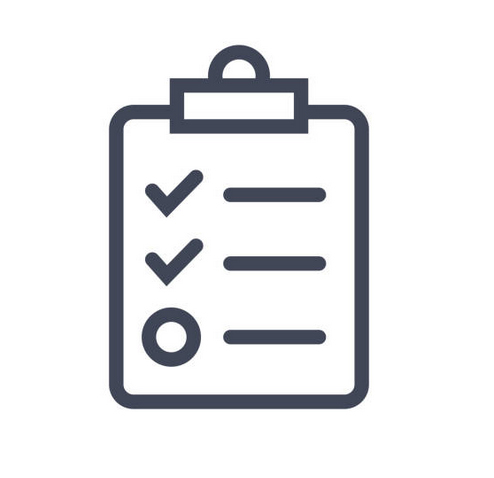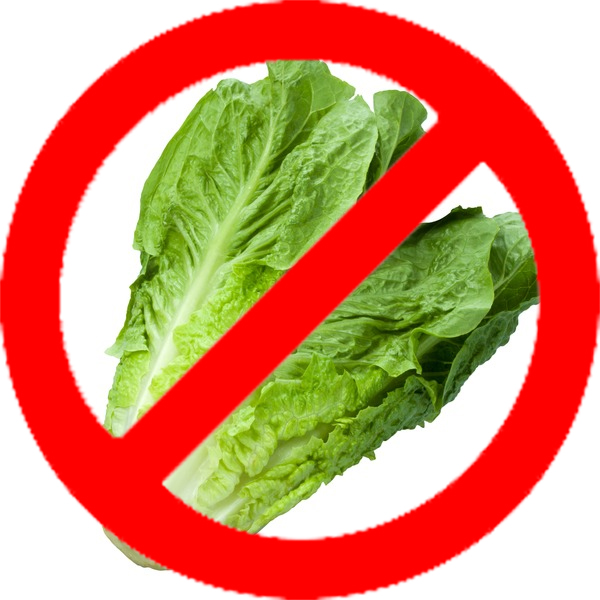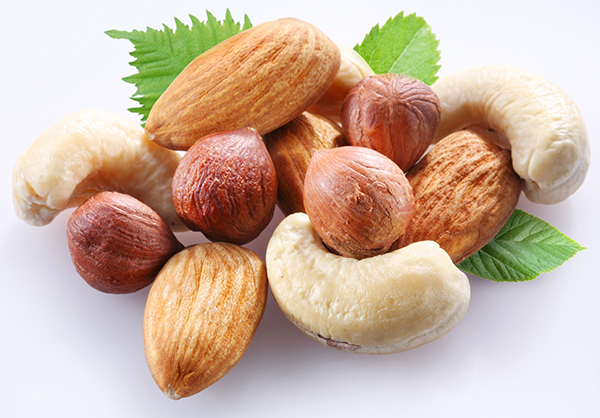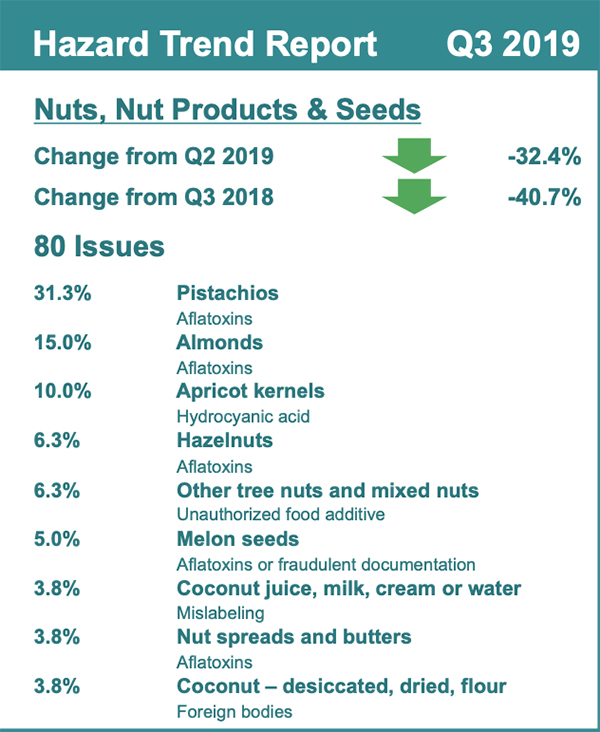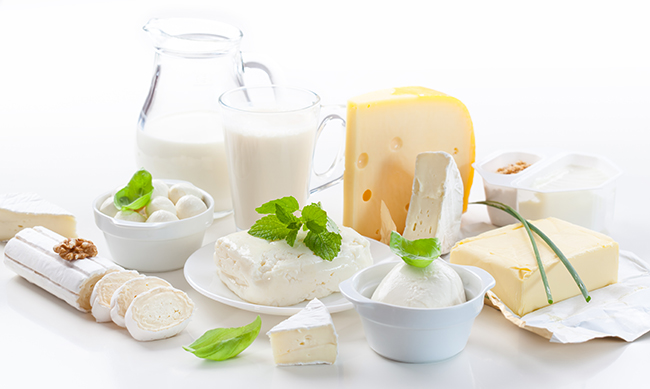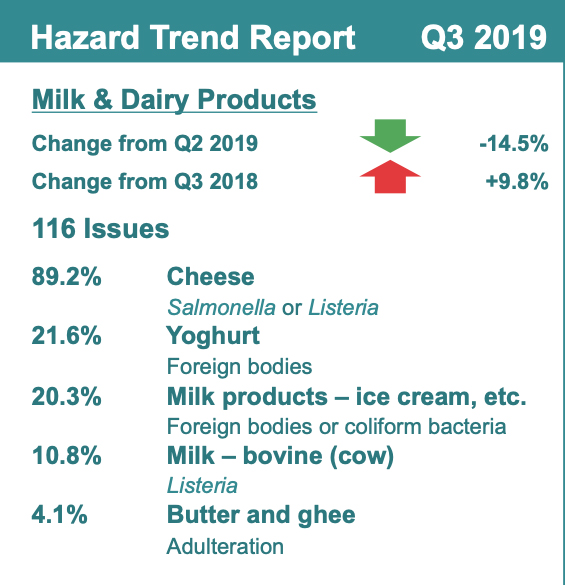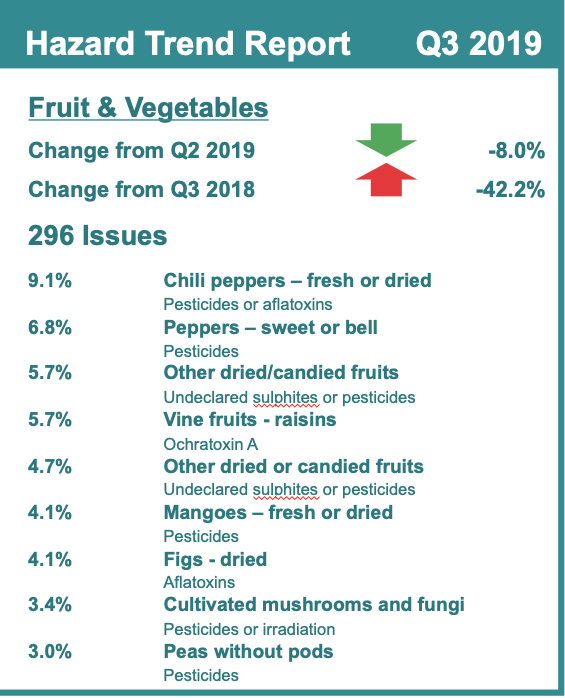In a Q&A with Food Safety Tech, Eddie Hall, business development director and food safety expert at Vital Vio looks ahead to 2020 and how technology will be impacting food safety, the additional measures that the industry will be taking to protect consumers, and the critical emphasis on sanitation.
Food Safety Tech: What are some of the touch points for food safety innovation in the supply chain in 2020?

Eddie Hall: When we think of the supply chain, we often imagine food traveling during transportation—by road, rail and air. During transit, our food comes into contact with countless surfaces, hands, tools and bacteria that travels from the farm to the table. However, transit isn’t the only place for germ spread and bacteria growth. When food reaches the factory for processing and packaging, there are opportunities for contact with debris, mold and dust, along with un-sanitized machinery and employees. Not only does this negatively affect the health of our workers, but also the cleanliness and safety of the food that consumers are buying off the shelves. In food manufacturing plants, Zones 1 and 2 are the most obvious for safety innovation in the supply chain, given food is bound to come into contact with tools, conveyor belts, etc. However, processors must consider the touch points in Zones 3 and 4 as well—such as employee break rooms, bathrooms and offices around the plant that foster bacteria. If these areas are not cleaned, food manufacturers have a significantly higher chance of breeding bacteria in food production areas, even if the right protocols are put in place in those zones.
FST: How will the retail sector step up to the consumer demand for safer food?
Hall: Consumers are increasingly demanding transparency around how food ends up on their plate, and prioritizing purchasing from brands that they trust to be safe. Food suppliers are being careful to remove harmful chemicals from the manufacturing process, along with displaying ingredients and supply chain information. For example, Bumble Bee Foods is using blockchain technology for its tuna fish, allowing consumers to access detailed information around the tuna’s origin, authenticity, freshness and sustainability by scanning the QR code on its packaging. Panera Bread has been consistent in offering customers ingredient transparency [by] providing calorie counts on menu items and removing antibiotic-treated animal proteins, as well as vocalizing recent efforts to perform safety audits throughout its supply chain. Not only does tracking technology and clarity meet consumers’ demands, but [it] also helps retailers pinpoint locations of outbreaks, foodborne illness and mislabeling. We’re already seeing retailers step up to meet the growing demand for safer food, but in 2020 we will see an uptick in brand transparency around supply chain information, safety programs and ingredient clarity within restaurants, fast food chains, processing companies and grocery stores.
FST: How will automation play a role in advancing food safety?
Hall: Food processing companies and retailers are implementing remote monitoring technologies that track data and help measure protocol, temperature controls, sanitation, record-keeping and food traceability. Automation can also help advance food safety through methods such as enhance sanitation and sterilization efforts. It is critical for food industry employees to maintain clean environments, but continuously cleaning every hour of every day can become labor-intensive, and sometimes fall off the to-do list. Automated technologies can take on some of these tedious tasks and work in our favor to heighten food safety. For example, Stop and Shop’s new robot, Marty, patrols the aisles to detect food on the floor, torn packaging, empty shelves and more. However, robots aren’t the only place we’re seeing automation in action. Vital Vio has found a way to automate killing bacteria through antimicrobial LED lighting technology, which continuously kills pathogens with the flick of a switch. Automated tech isn’t meant to replace workers, but to enhance their work around cleaning, sanitizing and meeting safety requirements. In 2020, automation is expected to explode and it’s important for leaders in the food and beverage industry to take advantage of safety tech innovations to advance food safety in 2020 and beyond.
FST: How will food companies continue to work towards reducing contamination issues and recalls?
Hall: The U.S. government has stepped in to tackle issues in the food industry by implementing new regulations, such as FSMA. This regulation urges food companies to shift from reactively responding to safety and contamination issues, to proactively working to prevent them. In an effort to reduce recalls, retail giant Walmart recently employed blockchain to track its lettuce supply chains all the way back to the grower. For food companies to reduce contamination, they must also implement more automated sanitation technologies along the supply chain. The most common food contaminants are usually invisible to the naked eye, such as mold, Listeria, Salmonella and E. coli. Sanitation automation tech—such as antimicrobial LED lighting—can continuously kill microscopic bacteria and prevent regrowth, ensuring clean food and equipment. Not only will food companies begin implementing more sanitization technologies, but also focus on other ways, like blockchain traceability, to prevent food recalls and bacteria growth that pose serious health risks to their customers.
FST: Any additional comments?
Hall: Our Dirty Truth report reveals disturbing stats around Americans’ cleaning habits, such as 1 in 4 (27%) do not sanitize their hands after traveling on public transportation. This means that factory or grocery employees that commute to work via bus, train, etc. are bringing bacteria and other germs with them. What’s worse, 1 in 6 Americans get sick and 3,000 die each year from consuming contaminated foods or beverages. This alarming rate can only be improved if we see effort from all sides of the industry—including food processors, manufacturers, workers throughout the supply chain and retailers. Continuous cleaning and sanitation measures can be labor-intensive and sometimes impossible to tackle throughout the day. Luckily, automated technology exists and is expected to address this growing issue of contamination, the spread of bacteria, recalls, and consumer demand for safety and transparency.

